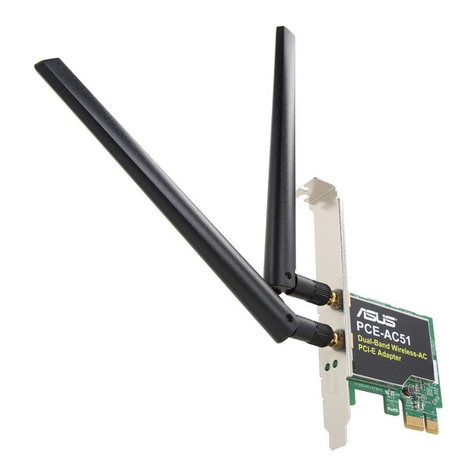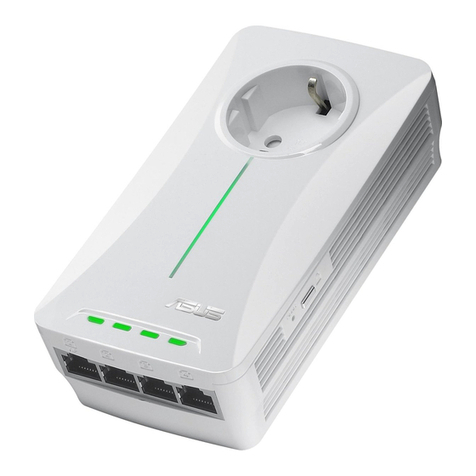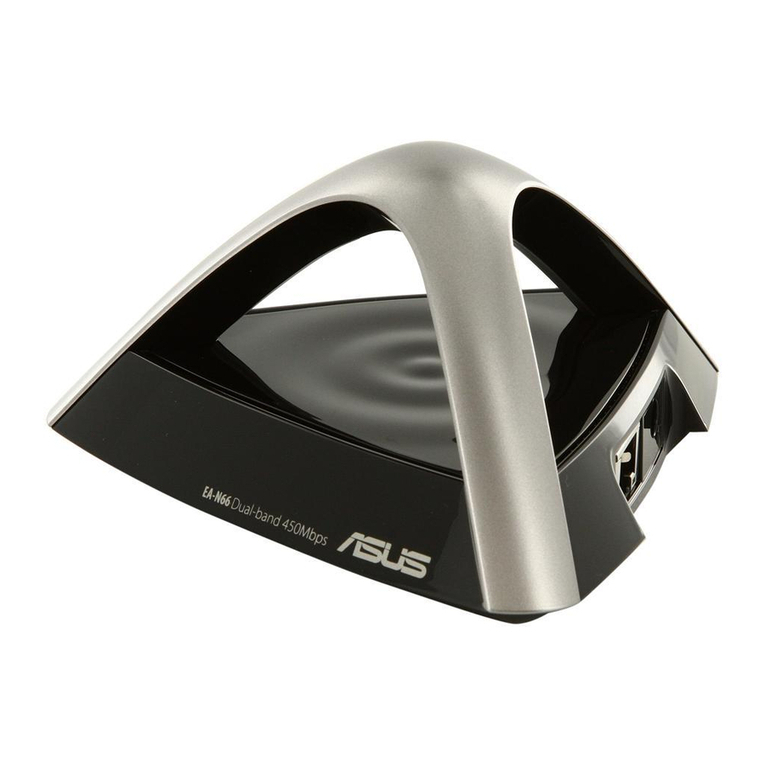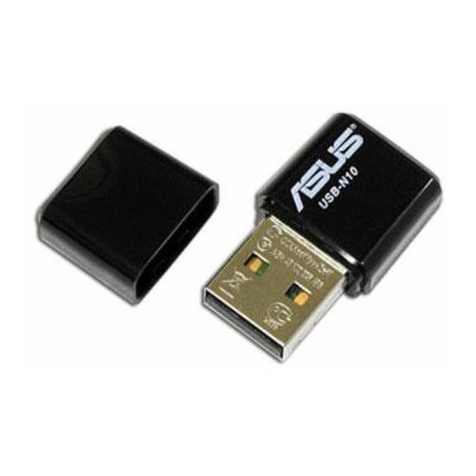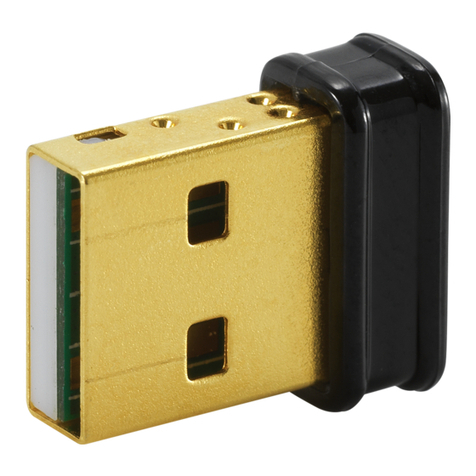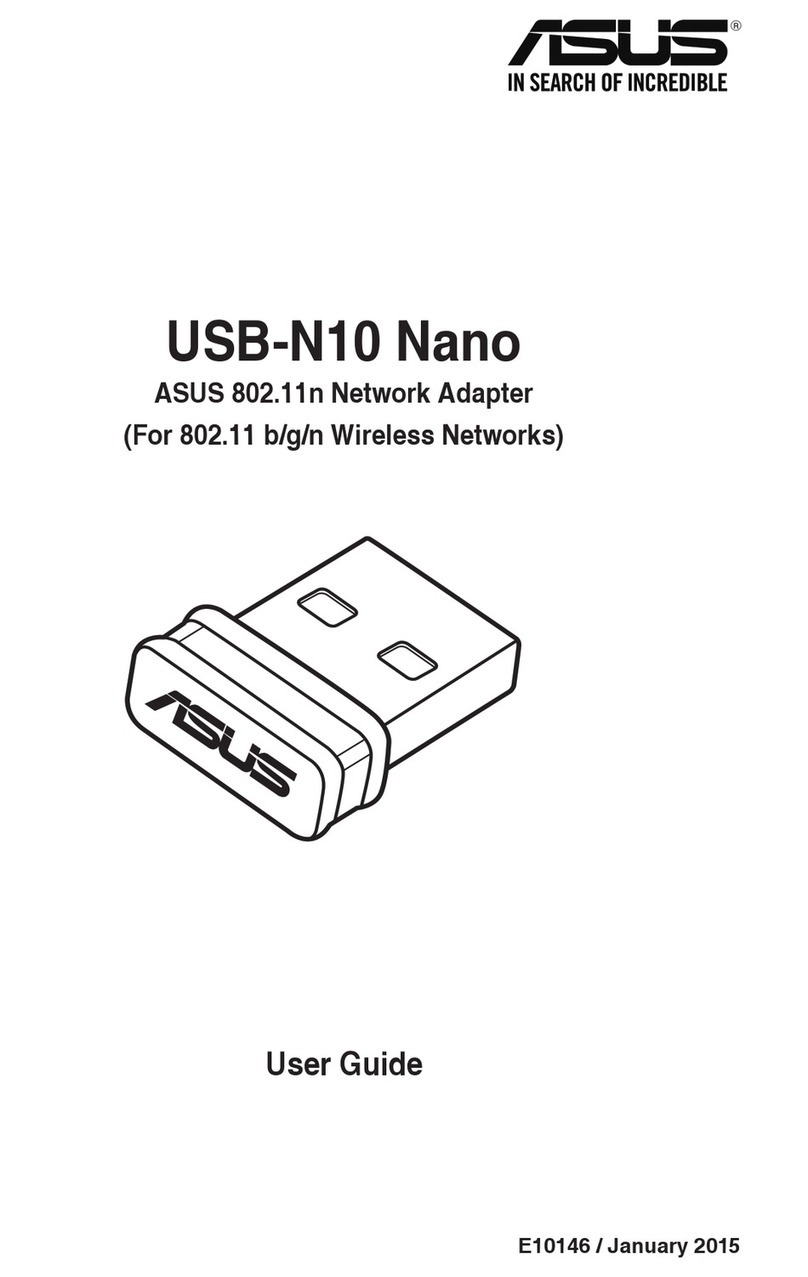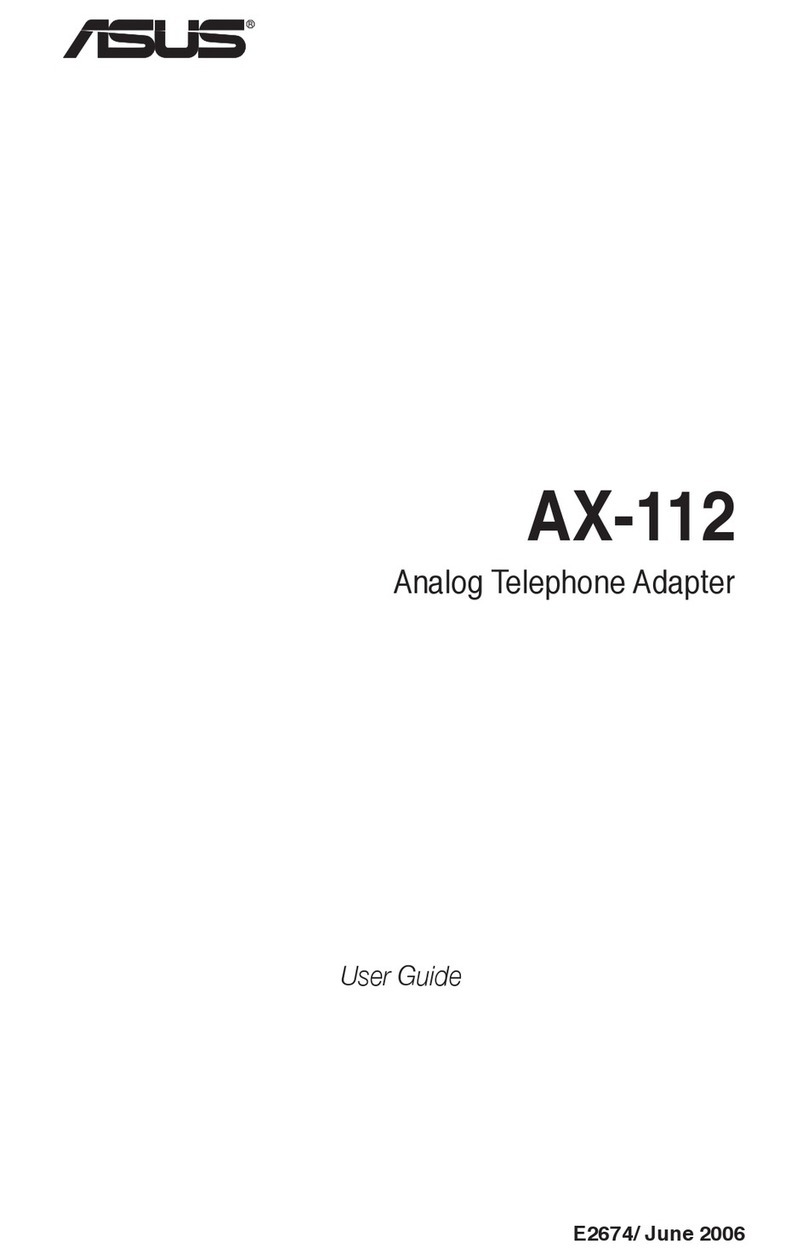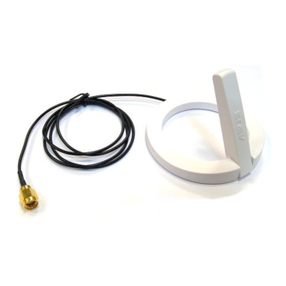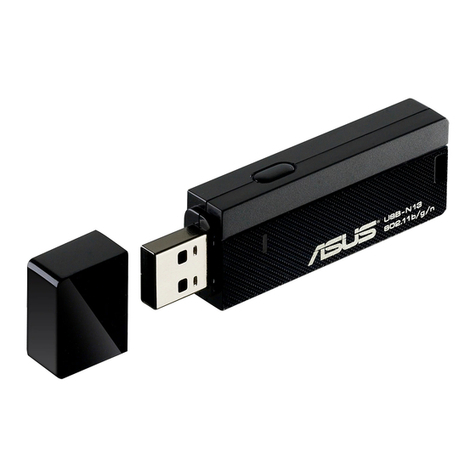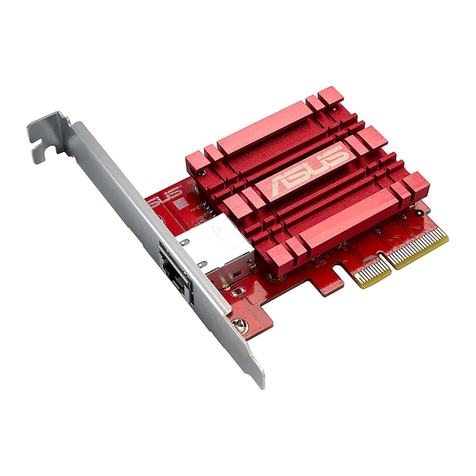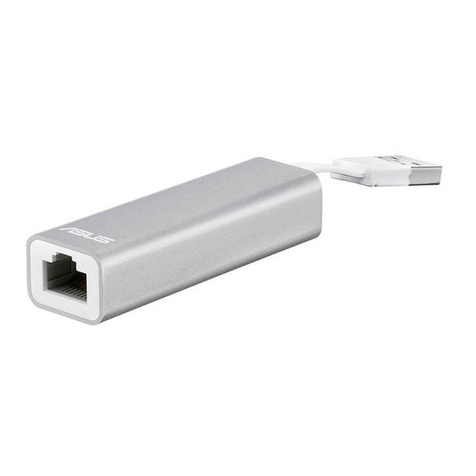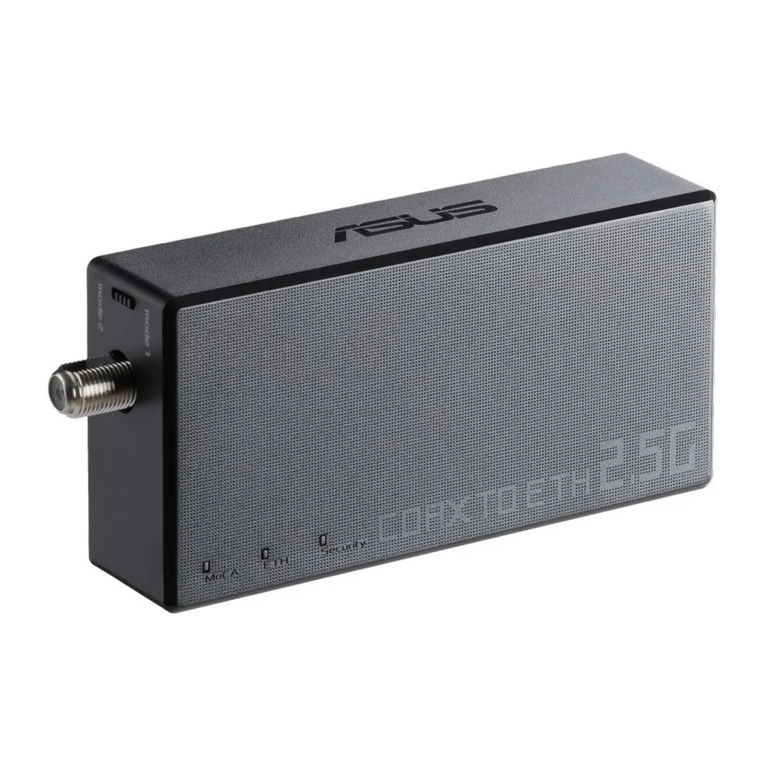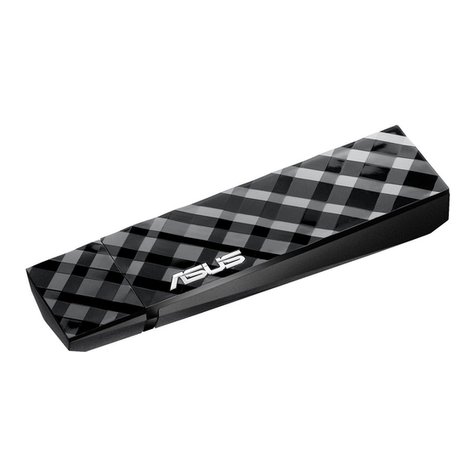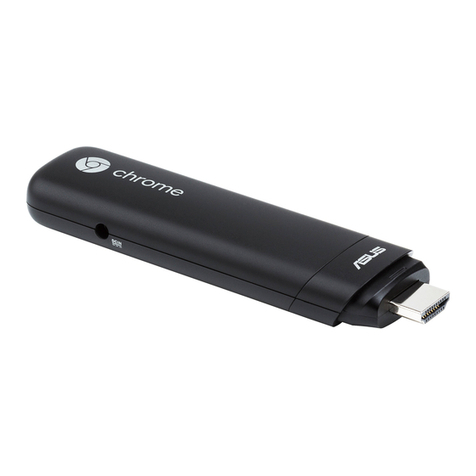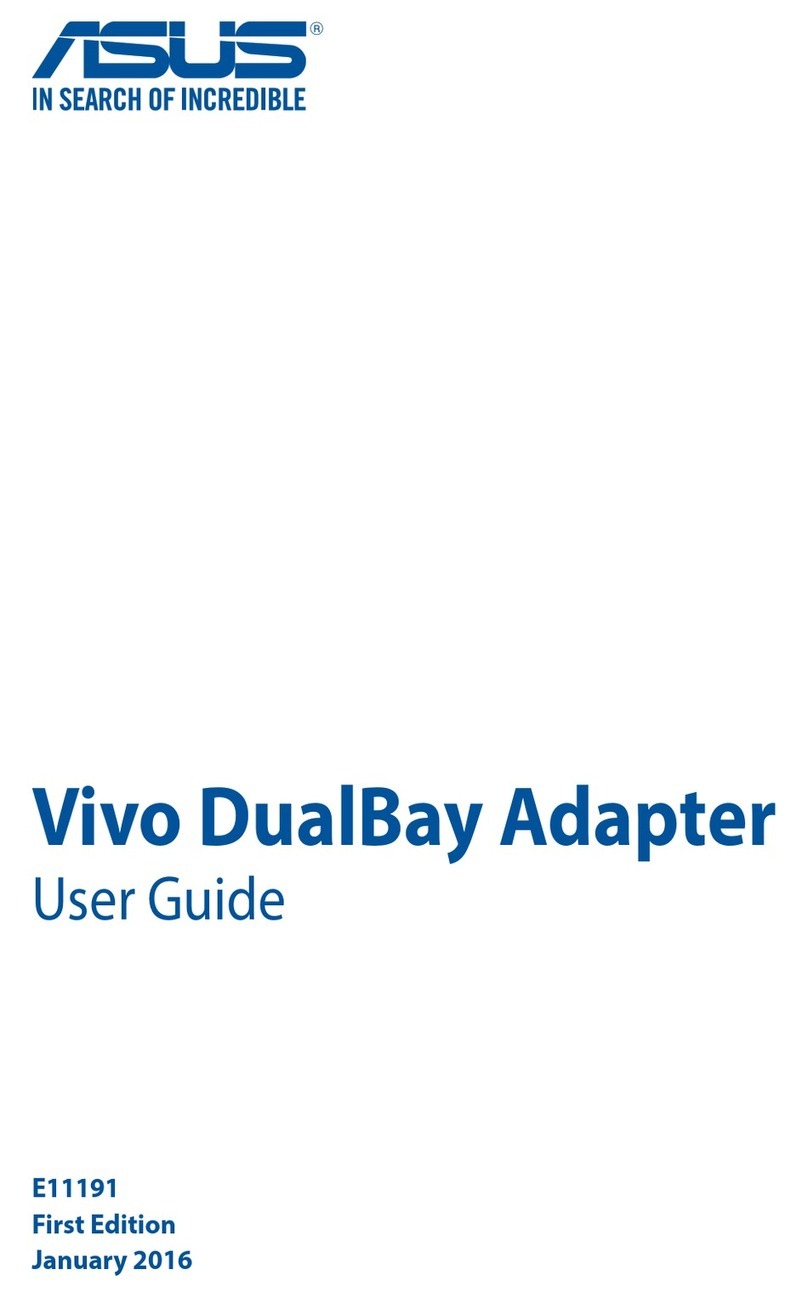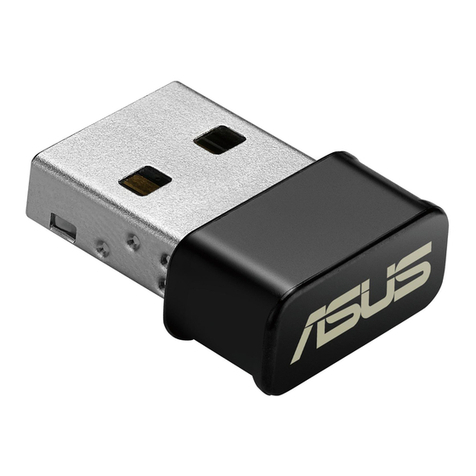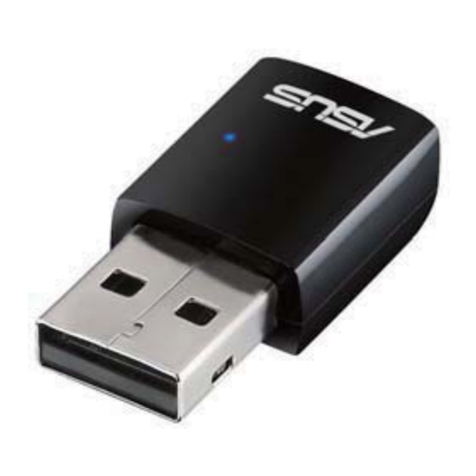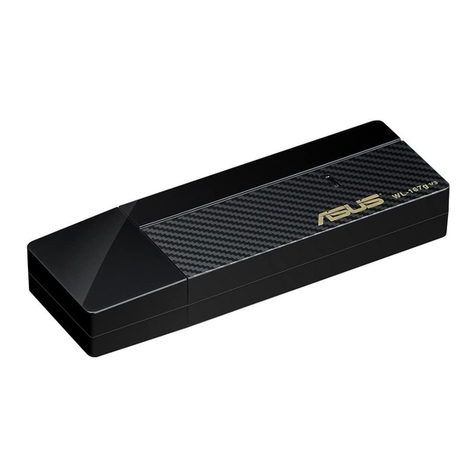
iii
Contents
About this guide......................................................................................................... iv
PIKE 2308 specications summary.......................................................................... vi
Chapter 1: Product
introduction
1.1 Welcome! .................................................................................................... 1-2
1.2 Package contents....................................................................................... 1-2
1.3 Card layout ................................................................................................. 1-3
1.4 System requirements................................................................................. 1-3
1.5 Card installation......................................................................................... 1-4
Chapter 2: RAID conguration
2.1 Setting up RAID.......................................................................................... 2-2
2.1.1 RAID denitions .......................................................................... 2-2
2.1.2 Installing hard disk drives............................................................ 2-2
2.2 LSI Corporation MPT Setup Utility ........................................................... 2-3
2.2.1 RAID 1 volume............................................................................ 2-4
2.2.2 RAID 1E/10 volume.....................................................................2-8
2.2.3 RAID 0 volume.......................................................................... 2-10
2.2.4 Managing Arrays ....................................................................... 2-12
2.2.5 Viewing SAS topology............................................................... 2-19
2.2.6 Global Properties ...................................................................... 2-20
2.3 MegaRAID Storage Manager................................................................... 2-23
2.3.1 Hardware and Software Requirements..................................... 2-23
2.3.2 Installing MegaRAID Storage Manager Sofware on
Microsoft Windows OS.............................................................. 2-23
2.3.3 Installing MegaRAID Storage Manager Sofware for Linux........ 2-27
2.3.4 Linux Error Messages ............................................................... 2-28
2.3.5 Starting MegaRAID Storage Manager Software ....................... 2-29
2.3.6 MegaRAID Storage Manager Window...................................... 2-31
Chapter 3: Driver installation
3.1 RAID driver installation ............................................................................. 3-2
3.1.1 Creating a RAID driver disk......................................................... 3-2
3.1.2 Windows®Server 2003 OS ......................................................... 3-4
3.1.3 Red Hat®Enterprise Linux OS 5 ................................................. 3-9
3.1.4 SUSE Linux OS 11.................................................................... 3-11
ASUS contact information..................................................................................... 3-12

